Our FAQs guide to induction cookware simply answers the questions to remove the mystery of how induction works, the materials used for induction cookware, and how to work with them. Change the way you cook for the better without wasting precious energy.
Whether you’re preparing a family dinner or getting ready for a holiday feast, the quality of your food is only as good as the cookware you use. Even the most skilled chef can have a dish completely ruined if the pots and pans they use are subpar.
Food cooks unevenly, burns, or worse, bits of the pan in the food itself. There’s nothing more unappealing than picking out bits of non-stick coating from the food!
One of the most versatile types of cookware that you can have in your home is induction cookware. Before we dive into detail about induction cookware, we’ll go through induction cooking and why it’s gaining in popularity.
What is induction cooking?
Induction cooking is a method of cooking where the pot or pan is heated by using magnetic induction instead of a heat source like the flame from a gas stove or an electrical heating element. The inductive cooking heats the cookware directly, allowing heat to increase rapidly.
Induction cooking is one of those technological breakthroughs that’s made a cook’s life a little easier. The technology was first introduced at the World Fair in Chicago way back in 1933.
It wasn’t until 1970 when modern iterations of induction cooking began and was held at the R&D Center of Westinghouse Electric Corporation in the US.
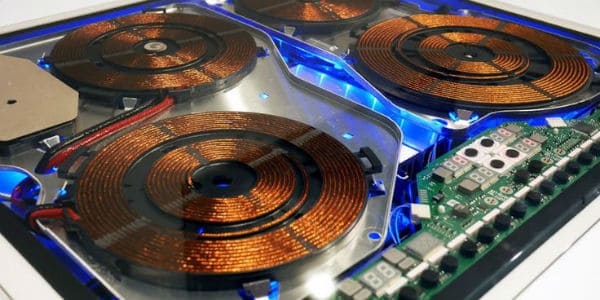
Through innovative advances, the modern induction cooktop was developed and we saw the first single stand-alone burner range called the Cool Top Induction Range. Ever since then, Westinghouse has been developing and improving their induction cooktop and other top of the line cookware.
Interesting facts: NASA developed an induction cooker that was used in the space program.
There were more cookers developed for people in the US, but initially Americans were reluctant to use them because they said the cookers weren’t reliable and they had a tendency to be noisy. While induction cooking didn’t take off in the US at first, it continued to grow and evolve in Asia and Europe.
How does induction cooking work?
An induction cooktop (sometimes called an induction “hob”, particularly in Europe) is basically an electromagnet on which you can cook food.
Inside the glass cooktop, there’s a coil of metal that’s controlled electronically. When the power is turned on, a current is sent through the coil producing a magnetic field around the coil and directly above it.
With a simple direct electrical current, it flows in a single direction. This creates a consistent magnetic field. According to one of the laws of electromagnetism, fluctuating magnetism is created only by an electrical current that is always changing.
In this application, the cooktop is using an alternating current to create the fluctuating magnetic field that results in an indirect heat.
Induction cookware is essential when cooking on an induction cooktop because it has a “ferrous” metal bottom. This means it’s able to sustain a magnetic field. An example of this is iron or stainless steel. If you have just aluminum, copper, or pyrex cookware, you cannot use it on an induction cookware.
Why is induction cooking better than traditional cooking?
Until experiencing induction cooking, some people prefer to stick to cooking on the typical range, be it gas or electric. This is only because they aren’t aware of the benefits of cooking on an induction cooktop and it’s different.
Let’s take a look at the 4 big benefits of induction cooking.
1. Instant Heat
It doesn’t matter if you’re a serious chef or you’re just cooking for a family that has a busy schedule, induction cookers will provide you with stronger and more accurate heat than traditional ranges. Induction cooking is as fast and accurate as gas cooking, but it doesn’t have any of the draw backs that are usually associated with gas cooking.
When you’re cooking on an induction cooktop you can adjust the temperature down to the lowest setting to maintain a gentle simmer. With gas this isn’t always easy to do because when the gas flow is too low, it has a tendency to go out completely.
Cooking on induction cooktops is energy efficient because the heat is supplied directly to the pot or pan you’re cooking with and nothing else.
If you’re cooking with gas or electric (even halogen), the energy produced needs to be converted to heat first before it can be applied to the pot or pan. This means a lot of that heat goes to waste and heats up the space around the pan.
About 40% of the energy that’s used on a gas cooktop is actually used to cook food. With induction, 84% (or more) of the energy created in the cooktop is used to cook.
There are 2 important consequences to reducing heat waste.
A. No Heat is Wasted with Induction
In contrast, the heat from the pot or pan and the food itself radiates some heat to the cooking area. When you’re cooking with gas or electric your kitchen is going to be warmer than if you use an induction cooker.
The induction cooktop barely heats up, whereas with other cooking methods the cooktop gets dangerously hot.
B. Induction Cooktop Safety
We just showed that induction cooktops are cooler than other cooktops. These cooktops are incredibly safe. You never have to worry about burnt fingers or accidental fires. Homes that have small children or people with special needs will appreciate how safe an induction cooktop is.
You could put the cooktop on the highest setting and put your hand over the burner and not get hurt. Why? Because your hand doesn’t have any ferrous (magnetic) materials in it. Don’t worry if you wear rings, watches, or bracelets because the cooktops also have sensors that will detect how much ferrous materials are present.
2. Adaptability And Ease Of Installation
Most other cooking equipment requires a decent amount of space when you want to install it. Depending on the size of the range, you may have a hard time trying to install it in the home. An induction cooktop is incredibly easy to install and doesn’t require a lot of space.
Induction units are usually very thin and often don’t require anything more than 2 inches of depth in a countertop. This is often the preferred cooking method for those who are reliant on wheelchairs because the cooktop can be placed in a way that allows the wheelchair to fit under the counter.
Portable inductions cooktops provide a great option if you need a cooktop at a particular height. They’re perfect for RV’s, tiny kitchens or for when you need an extra cooktop.
3. Electricity
Even though gas cooktops are very close in comparison to induction, not everyone has (or wants) to have a gas line in their home. The only gas that some people have access to is propane, which requires a large propane tank that can be an eyesore.
Induction cooktops can be plugged right into the wall.
4. Cleaner Option
When you use gas, the byproducts of that fuel vaporizes and it eventually condenses on the surfaces near the cooktop. When you cook with electricity, you eliminate those byproducts.
What's the best cookware for induction?
You might be wondering why you need induction cookware. Induction cookware is designed to be induction-capable. This means that the pots and pans have a magnetic bottom.
How to test if your pots and pans are induction-compatible
You can test them by putting a magnet on the underside. If the magnet sticks, then you’re good to go.
What materials are used for induction cookware?
Induction cookware should have flat, smooth bottoms because the pan needs to align completely with the cooktop, otherwise it won’t heat up properly. A rough-bottomed pan will cause the surface of your cooktop to become scratched, which can be costly to fix.
So, what kind of materials should your induction cookware be made from? You have these choices:
- Stainless Steel: This is the best option for cooking on an induction cooktop. Unfortunately not all stainless steel pans are created equally because the cheaper pans don’t provide you with even heat. Some manufacturers use either tri-ply aluminum core or 5-ply copper core construction.
- Tri-Ply: With a tri-ply pan, there is an aluminum core that has been sandwiched in between 2 stainless steel plates. These layers can make the pan homogenous, be it just on the base of the pan, or to the side walls.
- 5-Ply: With a 5-ply stainless steel pan the core is usually copper which is then sandwiched with aluminum and then impact-bonded between stainless steel. The copper allows for the heat to evenly distribute throughout the entire pan when the pan is on the induction cooktop.
- Anodized Aluminum: While aluminum doesn’t have any iron compounds in it, it can still be used if it has an iron core, or has a stainless steel base.
- Cast Iron and Enameled Cast Iron: Cast iron when cared for properly can last you a very long time. These pans work well with any kind of cooktop and are often the best option for the investment. However cast iron can react to acidic foods, which is why some people opt for an enameled cast iron set. It has a porcelain coating on the inside while still being able to be used on the induction cooktop.
- Carbon Steel: Carbon steel is a good option because they’re non-stick. This material is sturdy like cast iron but doesn’t weigh as much. This kind of cookware is going to be more affordable than any magnetic base cookware you may find.
- Stoneware: You may not be aware of this, but stone cookware can work with induction cooktops. These pots and pans are going to be incredibly durable and perform just as well as cast iron. People often choose this type of cookware because of the speckled texture these pans have. They look high end and elegant. Be warned though with that elegant look comes a hefty price tag, especially if you want a set with a good warranty.
- Graniteware: Graniteware can be used on an induction cooktop because it is built with a thin steel path that has been coated in porcelain. This cookware also has nonstick properties which lends itself nicely to a quick clean up. Unfortunately, unlike cast iron or stoneware, the graniteware isn’t nearly as durable. The steel corn will become deformed with regular use, which slowly strips off the porcelain. We recommend only using graniteware as a short term cooking solution until you get a better, more durable cookware set.
Can induction cookware be used on other cooktops?
Induction cookware is extremely versatile because it can be used on any kind of cooking surface without damaging the magnetization.
People often wonder if they spend a lot of money on induction cookware will they be able to use the cookware on other types of cooktops. The answer is YES. You don’t want to spend a lot of money on cookware if it can only be used on one type of cooktop.
How do I care for induction cookware?
Buying induction cookware is an investment, especially if you want to get a complete set. (We’ll talk more about the components of a complete set shortly). To make sure your pots and pans remain in good condition, you’ll need to clean them properly.
Some sets can be put into the dishwasher, which is convenient. However you should make sure the manufacturer states that it’s dishwasher safe.
For cookware that’s not dishwasher safe, you’ll need to follow these tips for general cleaning.
Cleaning the interior and exterior
- Never use oven cleaners, abrasive cleaners, or abrasive pads on the pans.
- Hand wash the cookware with hot water and mild dish soap.
- For food baked on the cookware, or if there’s a lot of grease, use a non-abrasive pad and non-abrasive cleaner to clean the pan.
- For stainless steel cookware, make sure you dry the cookware with a towel to ensure no rust forms on the cookware.
Cast Iron Cookware
If you have cast iron cookware, you should use these special cleaning tips.
1.Wash the cast iron with a nylon scrubbing brush or pad. You may need a pan scraper if food is stuck to the pan. If you can’t remove the ‘baked on’ residue with a pan scraper, you can simmer some water and mild dish soap for about a minute, and then scrape.
2. Once you’ve cleaned the pan, you should dry it immediately with a paper towel, or a lint-free cloth.
3. Rub the inside of the pan with a thin layer of cooking oil while the pan is still dry.
4. Hang your pan to dry.
You might be wondering why you would want to put cooking oil back onto the pan after you’ve just cleaned it. The reason is to ‘season the pan’ so that it will perform at its best.
How do I season cast iron cookware?
- Scrub your skillet with a nylon cleaning pad with hot soapy water.
- Thoroughly dry the pan.
- Spread a thin coating of vegetable oil, canola oil, or melted shortening over the entire inside.
- Turn the pan upside down in the middle rack of the oven, set at 375° (be sure to have foil on a lower rack to catch any drips).
- Allow the pan to bake for an hour
- Let the pan cool and then hang on a rack for future use.
Caring for cast iron is a little more involved than other induction cookware because it can rust easily. If your pan does have a few rust spots, you can use a “rust eraser” that you can buy in hardware shops, bike shops, or even wood-working shops.
After removing the rust, clean the pan with a stiff brush or a plastic scrubbing pad. Scrub the pan under running water while it’s still relatively warm.
Tips:
- You can use kosher salt to scrub the pan, or a mild dish soap. After completed, re-season the pan following the steps above.
- It’s important to note that you should never marinate your food in the cast iron, especially important if you’re using an acidic mixture because the acid will ruin the seasoning. The means your food will stick and you’ll have to re-season the pan.
What should every induction cookware set include?
It really depends on what you like cooking and how many people you cook for. If you’re only going to be cooking for a small group, you’ll just need the basics:
- 10 inch skillet
- 10 inch sauté pan with lid
- 2 quart sauce pan with lid
- 4 quart sauce pan with lid
- 3 quart covered casserole
If you like to entertain we suggest you consider a set with different sized pans as well as looking for a set that has additional pieces such as:
- A large stock pot
- a steamer basket
- a boiler basket
- matching utensils
Summary
Every great chef knows that when you want to make delicious meals, your food is only as good as your cookware. There’s nothing worse than trying to create a delicious dish only to pluck out burnt bits of food because the pan had hot spots.
With induction cooking and using quality cookware you shouldn’t have to worry about hot spots in your pans, nor do you have to worry about your food cooking unevenly because induction cookware is designed to evenly distribute the heat throughout the pan.
When you make the decision to upgrade your kitchen with an induction cooktop or add a portable induction cooktop for convenience, you’ll need to make sure the cookware you have is induction compatible. There are a few materials that aren’t suitable.
If you don’t want to purchase a whole new set of cookware, you can purchase an induction cookware converter disk instead. The disk allows you to use an induction cooktop without having to purchase an entire cookware set right away.
However if you don’t want to worry about accumulating more clutter in your kitchen (because you’ll need one of these converter disks for each size pan you have), you can check out our reviews to see some of the best induction cookware sets on the market. We’ve recommended the best cookware in a range of prices to suit different budgets.
In our buying guide, we’ve reviewed and listed our top picks and why the cookware made the list.
We also provide a list of key features to look for when shopping for induction cookware. If you’re still unsure, or a little confused after going through these, we’ll give you our top 2 recommendations.
You’ll have the information to make an informed purchase and find the set that best meets your needs and budget.
Additional resources
If you want to read more about induction, check out these additional resources:


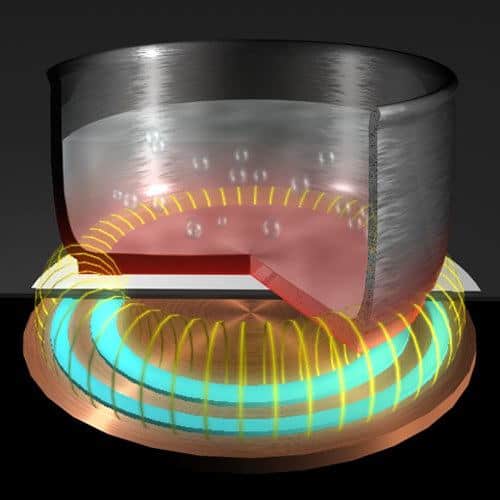
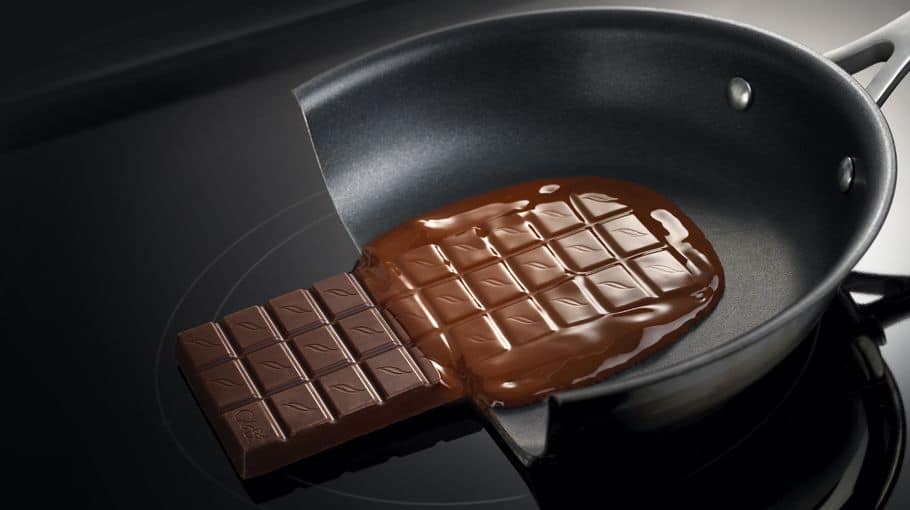
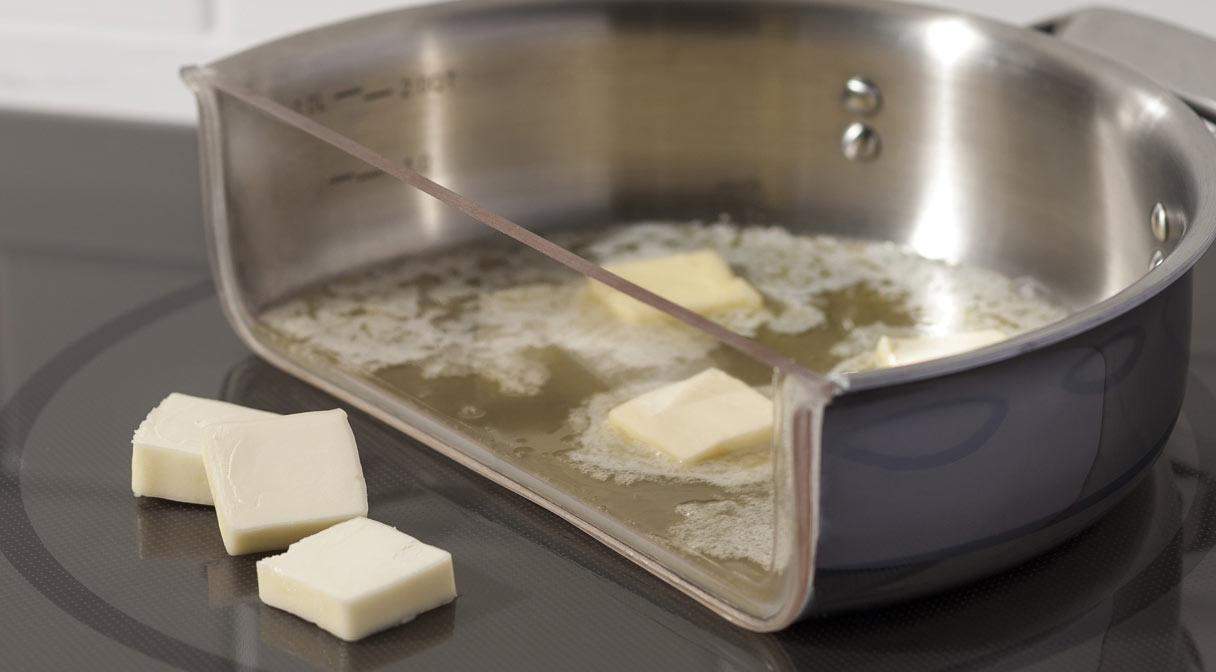
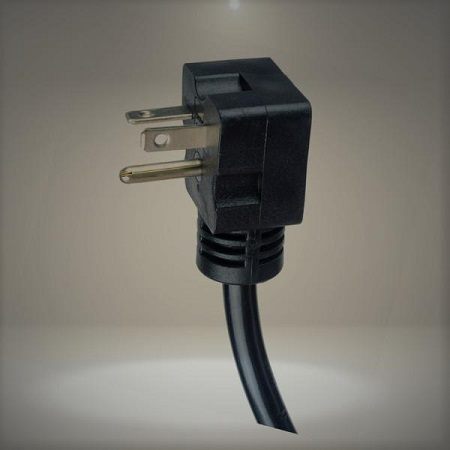
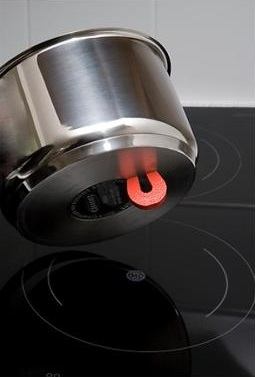
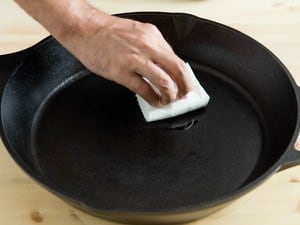
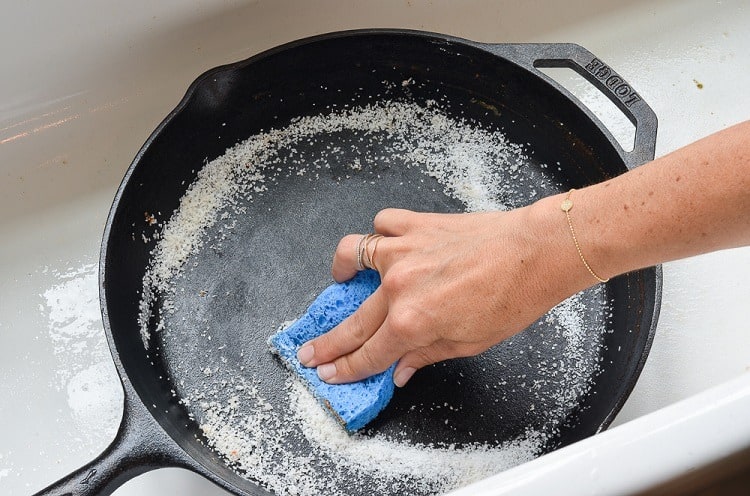
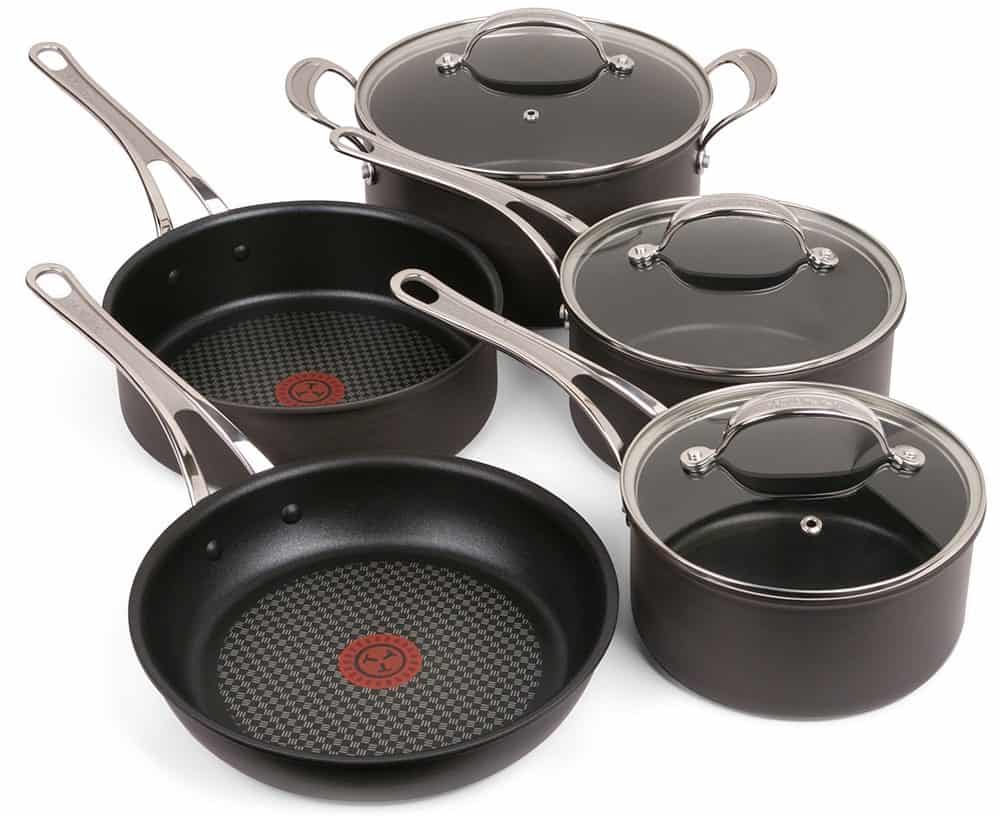
1x8vt3
b8krd9
znuh0q
3xkt9e
spmjoo
28rlx7
bzvanv
2lzduw
Pingback: How to Use Le Creuset Bakeware | Betty's Bakeware